RELPOL Lighting protection
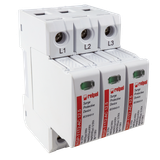
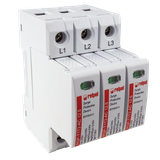
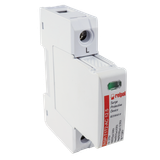

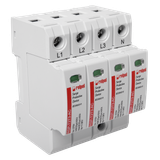

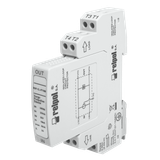
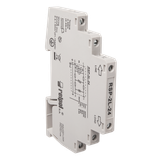





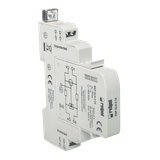
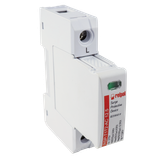
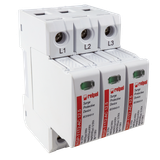

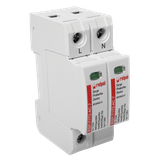
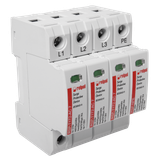

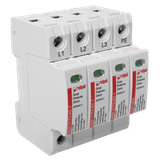
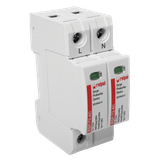
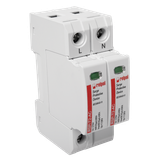

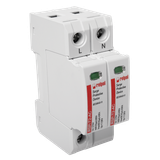
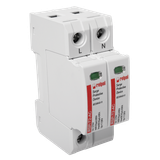
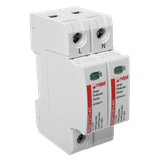

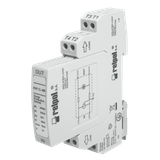
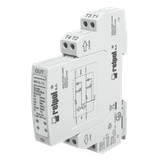
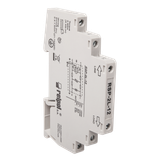
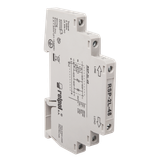
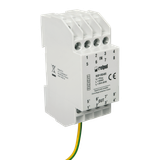
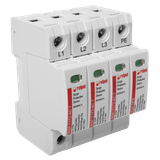

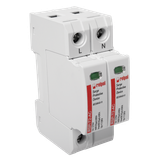
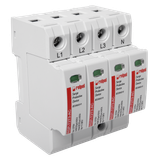



relpol lighting protection for LV panels and luminaires
This category covers Relpol devices that protect mains lighting and control circuits from surges and switching transients. Typical use cases are retail switchboards, façade/parking luminaires, tunnel and sports lighting, and PLC/DALI lines located in noisy electrical environments. Correctly sized SPDs keep drivers, relays, and control gear alive during storms and grid disturbances.
Product range and series overview – relpol surge protection
Expect three SPD classes aligned with installation zones:
- Type 1 (T1) – spark‑gap or combined Arresters for service entrances with external lightning exposure and LPZ 0→1 transitions. Handles partial lightning impulses Iimp 10/350 µs; often coordinated with upstream Type B protection on the building.
- Type 2 (T2) – MOV‑based modules for sub‑distribution boards and lighting control panels. Rated by In 8/20 µs (nominal discharge current) and Imax (maximum discharge). Protects drivers and control modules from grid‑borne surges.
- Type 3 (T3) – point‑of‑use modules near sensitive equipment (LED drivers, controllers). Low residual voltage close to the load; installed after T2.
Topologies cover TT/TN/IT systems and modes L–N, L/N–PE, and all‑mode protection where needed. Pluggable cartridges speed replacement after end‑of‑life indication.
Technical specifications and standards – relpol surge arresters
- System voltage (Uc): choose to match 230/400 V networks (e.g., 275 V~ for L–N on 230 V systems, 320–350 V~ where higher tolerance is required). Control and data lines use appropriate low‑voltage Uc values.
- Discharge ratings:
- Type 1: Iimp per pole commonly 12.5–25 kA (10/350 µs) depending on risk class and earthing.
- Type 2: In typically 5–20 kA (8/20 µs), Imax up to 40–60 kA per pole for harsh grids
- Voltage protection level (Up): select as low as practical versus the downstream equipment’s impulse withstand (Uw of LED drivers often 1.5–2.5 kV). Coordinate so Up < Uw with margin.
- Short‑circuit coordination: upstream MCB/gg fuses per datasheet (backup fuse values often 125–160 A gG for T2); check prospective SCCR of the board.
- Indication & signaling: mechanical window (green/red) and optional remote contacts for BMS alarms when a module reaches end‑of‑life.
- Standards: selection and testing align with IEC/EN 61643‑11 (SPDs for low‑voltage systems) and installation practices to IEC 62305 (lightning risk, LPZ concept). EMC environment ties to EN 61000‑4‑5 surge test levels.
- Environment: typical ta −40…+80 °C storage, −25…+60 °C operation; IP20 housings for DIN‑rail. Use short, straight PE bonds to minimize let‑through voltage.
A note for lighting panels: many LED drivers specify maximum let‑through. Keep PE leads under 0.5 m and use V‑shaped wiring to the SPD to cut inductive overshoot.
Applications and compatibility – relpol overvoltage protection
- Main boards and outdoor sites: fit T1 at building/service entrances fed by overhead lines or with down‑conductors; follow with T2 in lighting sub‑boards.
- Parking, sports fields, tunnels: T2 in each feeder panel; T3 inside pole bases or luminaire junction boxes where drivers are sensitive.
- Retail and hospitality: T2 in lighting/control boards; add T3 ahead of dimmers, DALI gateways, and PoE/ELV control lines.
For mixed circuits, protect both mains and control: use mains SPDs plus dedicated data‑line protectors on DALI/1–10 V or Ethernet where runs exit the LPZ. Coordination avoids nuisance trips and extends driver life.
Integration with other brand products – relpol lightning protection
Relpol SPDs sit upstream of relays, contactors, LED drivers, and control modules. Coordinate with upstream RCD/MCB characteristics and with any building‑level lightning system. In lighting panels, pair T2/T3 devices with Relpol interface relays so SELV controls remain isolated while mains circuits get surge‑clamped. For roof or façade luminaires, keep SPD cartridges accessible from the base/handhole for quick swaps.
Where a spec mentions pole‑base kits or head‑mounted protectors, align the SPD’s Uc/Up with the driver datasheet and confirm space in the gear compartment.
Selection criteria for B2B clients – relpol transient protection devices
- Risk & location – external LPS, overhead feeds, or exposed areas imply Type 1 at the service and Type 2 downstream; indoor‑only with underground feeds may start at Type 2.
- Uc/Up matching – choose Uc to avoid nuisance aging; ensure Up stays below the load’s Uw (driver surge rating).
- Discharge current – size Iimp/In/Imax to fault levels and earthing. Harsh industrial parks need higher In/Imax margins.
- Coordination – verify backup fuse/MCB values and short lead lengths. Use spark‑gap + MOV combos when follow‑current quenching is required.
- Signaling & maintenance – specify remote contacts for BMS; standardize cartridge format across sites for fast replacement.
Procurement often standardizes a T1 for mains entrances and a T2 for each lighting panel, with optional T3 kits for driver‑level protection in poles and façades.
Advantages of working with Bankoflamps
- Individual B2B pricing and custom offers tailored to project scope.
- Personal account manager for samples, submittals, и logistics.
- Real‑time stock visibility across EU warehouses.
- Quick quote response (~1 hour) for tender agility.
- Fast order placement by EAN/MPN with clean traceability
- Downloadable, always up‑to‑date price lists for ERP syncing.
- Lead‑time tracking and order status updates for site scheduling.
- Purchase‑history access and analytics to consolidate SKUs.
- ost‑payment (up to 30 days) for trusted clients.
- Consolidated shipment management to reduce freight costs.
Stable pricing with validity dates; we serve France, the Baltics, Germany, Spain, Italy, Belgium, and the Netherlands.